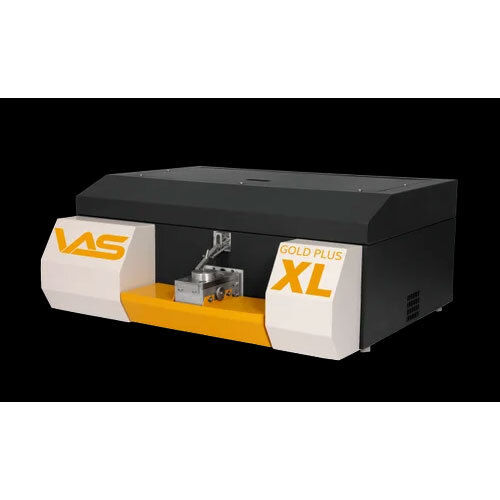About Optical Emission Spectrometer For Battery Alloy Testing
Optical Emission Spectrometer For Battery Alloy Testing is a specialized analytical tool used to precisely measure the composition of alloys used in the production of battery materials. . It provides a highly accurate, rapid, and multi-elemental analysis of the alloys used in battery production, ensuring the correct composition and quality of materials for high-performance and reliable batteries. These are typically made up of a combination of metals that must meet strict standards for their performance in battery applications. With its ability to detect trace elements, offer real-time feedback, and ensure compliance with strict industry standards, Optical Emission Spectrometer For Battery Alloy Testing plays a crucial role in optimizing battery performance, reducing costs, and improving sustainability in the rapidly growing energy storage and electric vehicle markets. Wavelength Range 136 - 720mm Optical System Single Beam Mobility Fixed Model Name/Number Gold Plus XL Brand VAS spectrometers Voltage 230 VAC Usage/ Application Laboratory Dimension 850 x 690 x 355 mm (L x W x H) Power Source Electric Operating Temperature 5 to 37 Deg C Frequency 50 Hz
FAQs of Optical Emission Spectrometer For Battery Alloy Testing:
Q: What is the voltage requirement for the Optical Emission Spectrometer for Battery Alloy Testing?
A: The voltage requirement for the Optical Emission Spectrometer is 220 Volt (v).
Q: What is the primary usage of this spectrometer?
A: The Optical Emission Spectrometer is designed for laboratory use, specifically for battery alloy testing.
Q: What is the control mode of this spectrometer?
A: The control mode of the Optical Emission Spectrometer is automatic.
Q: What type of power supply does this equipment require?
A: The Optical Emission Spectrometer requires an electric power supply.
Q: Is the product suitable for industrial or laboratory applications?
A: The product is suitable for laboratory applications.

